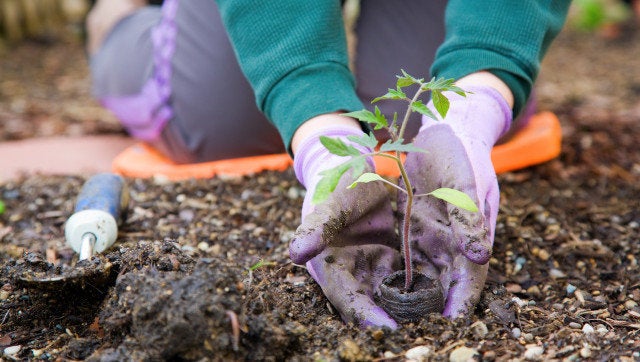
Is your child a picky eater? Does he or she claim they hate fruits and/or vegetables? Do you find the foods they do tend to like are unhealthy and don't provide much nutritional value? In order to help educate children on the benefits of healthy eating and to potentially thwart off the rising childhood obesity epidemic, gardens and arboretums around the country are giving children new perspective through hands-on learning programs.
The New York Botanical Garden in the Bronx and the Brooklyn Botanic Garden in Brooklyn, for instance, run programs where children can plant, tend and harvest their own fruits, herbs and vegetables. To appeal to the "ripe" ages of the NYBG's audience, the garden focuses on teaching children around their favorite dishes. For instance, in the Breakfast Bowl Bed, they plant and harvest cereals and grains such as corn, barley, oats, rice and wheat. While the Pizza Garden is where they can grow and cultivate various ingredients such as oregano, basil and tomatoes.
- Dirty Zone: What kid doesn't like to get a little dirty? In programs like the ones at the NYBG and BBG, children are encouraged to dig for worms, plant seeds and get a little dirty. Putting bad weeds in 'Jail' and learning how to play in the dirt is what these programs are all about!
- Ownership and Responsibility: Through cultivating their own plot, children plant vegetables, watch them grow and pick them with their very own hands. It gives them a sense of pride and accomplishment... and if you will... attachment to what they grow.
- Learning While Playing: The children in these programs aren't being told what they "should be eating," but instead, learn while doing. The staff teaches them good nutrition through the food they grow, why foods are healthy and how to make them grow the best. They even learn about the benefits of growing organic.
- Garden at Home: If you have a backyard, start your own garden at home and involve your children. Ask them what they would like to grow and give them their own "crop" to take care of. If you don't have a backyard, look for plants you can grow in a window box or herbs you can grow in your kitchen.
- Farmers' Markets: Bring your children to your local farmers' markets and let them explore the good being sold. Let them choose a fruit or vegetable that they would like to try on their own.
- Cooking: Let your children pick a new ingredient each week and have them help you come up with a recipe that they can cook and enjoy. You can even have their friends over and host a Children's "Iron Chef" cook-off.
- Educate: Each week, pick a vegetable, fruit or herb that you can research together. Learn where the ingredient originates from, during what time of year it grows, ways to prepare it and of course, its nutritional benefits.